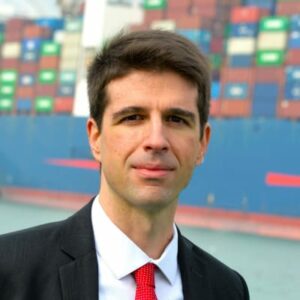Port city stakeholders have shared values, a maritime identity that unites them, and a desire to develop the port together, as it is the driving force behind the local economy and at the heart of their territory’s history.
For fifteen years now, the AIVP has been promoting the Port Center concept, with the aim of introducing citizens to the complexity of today’s port and enabling them to express their ideas on future projects. Port-city governance is essentially multi-stakeholder. It is based on arrangements that are always different from one territory to another. In this session we will learn about innovative governance in port cities.
We will also discuss new ways to value and showcase the port city culture. From festive programs to exhibitions by local artists, from heritage preservation and reuse to original shared tourism policies, there is a multiplicity of initiatives that port authorities and local authorities can take together in the cultural field. With the rise of industrial tourism, the idea of “experiencing the port from the inside” has never been so popular.
Rapporteur: Hilda Ghiara – University of Genoa, Italy
[14:15-14:30] Deep Dive
How has Le Havre established a heathy cooperation between the port and the city?
• HAROPA Port, France
• City of Le Havre, France
[14:30-15:30] Roundtable
What are the new, engaging governance models?
• Port Authority of Montreal, Canada – tbc
• Port of Seattle, USA
• Subic Bay Metropolitan Authority, Philippines
[15:30-16:00] Coffee break
[16:00-16:20] Deep Dive
How can port city actors protect UNESCO biosphere reserves?
• Port of Baie Comeau, Canada
• National biosphere reserve of Manicouagan-Uapishka, Canada
[16:20-17:05] Roundtable
How can port city actors valorize maritime culture?
• Port of Quequen, Argentina
• Freeport of Riga Authority, Latvia
• Port of Lisbon, Portugal
[17:05-17:45] Visit of Gare Maritima Alcantara
After the debates we will visit the room with the Panels of Almada Negreiros, that have been restored thanks to a cooperation project between the Port Authority of Lisbon and the World Monuments Fund



























